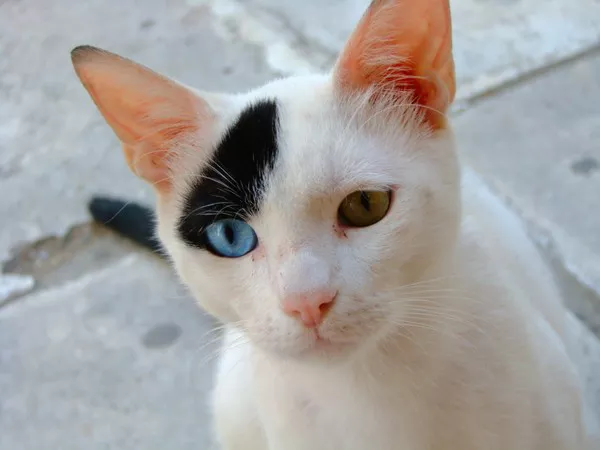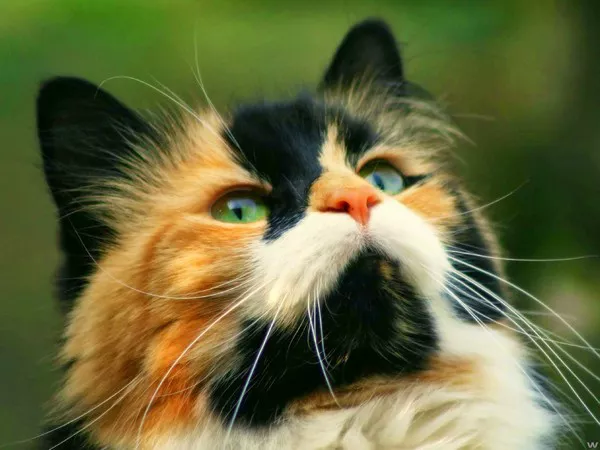As a responsible cat owner, it’s important to ensure that your feline companion is fed properly to maintain optimal cat feeding habits that support their health and well-being. While adult cats are generally independent and may appear to “self-regulate” their eating habits, a consistent and balanced feeding schedule is essential for promoting proper growth, maintaining a healthy weight, and preventing long-term health problems.
Understanding how often to feed your adult cat is an integral part of responsible pet care. This article will provide an overview of cat feeding practices, from general feeding recommendations to factors that can influence feeding frequency, the role of portion control, special dietary needs, and the importance of consistency in a cat’s daily routine.
How Often Do Adult Cats Eat?
The appropriate feeding schedule for an adult cat depends on a few factors, such as their age, health, activity level, and preferences. However, the two most common feeding practices are twice a day feeding and free feeding.
Twice a Day
For the majority of adult cats, feeding them two meals per day is ideal. Typically, these meals are given in the morning and evening. This feeding schedule aligns closely with the way a cat’s natural hunting patterns work, where they might hunt for food in the morning and evening. Dividing their food intake into two meals per day can help keep your cat’s metabolism stable, prevent hunger between meals, and help control portion sizes.
Morning Meal: The first meal should be given in the morning when your cat is likely to be hungriest after a night’s rest.
Evening Meal: The second meal should be provided in the evening, ideally several hours before bedtime, to help regulate your cat’s energy levels during the night.
This feeding routine can work well for most healthy adult cats, as it provides a structured way to maintain regular meals and helps with digestion. It’s also easier for owners to monitor how much their cat is eating when there are only two feeding times per day.
Free Feeding
Free feeding, or leaving food out for your cat at all times, is another option some owners choose. With this method, dry food is provided and the cat can eat whenever they want. This works best for cats that are highly independent or need to eat at varying intervals due to specific health needs. Free feeding might also be beneficial for cats that are very active and need additional calories throughout the day.
However, free feeding can sometimes lead to overeating, especially if the cat is given access to dry food, which is often more calorie-dense than wet food. Additionally, free feeding can result in obesity if portion control isn’t closely monitored.
It’s essential to ensure that the cat has access to clean, fresh water at all times if you opt for free feeding. Wet food left out for long periods can spoil and cause digestive issues, so free feeding is typically limited to dry food.
Factors Influencing Feeding Frequency
Several factors influence how often you should feed your adult cat. These include the cat’s age, health status, activity level, and the type of food being offered. Understanding these factors can help you make informed decisions about your cat’s feeding schedule and the right type of food to give them.
Age and Health
Older cats or cats with certain health conditions may require more frequent, smaller meals throughout the day. Cats who are aging may experience a decline in their ability to process food and may have less energy. Smaller, more frequent meals can help keep their metabolism working and ensure they are getting enough nutrition.
Additionally, cats with specific medical conditions, such as diabetes, may need to eat more frequently to regulate their blood sugar levels. In these cases, feeding smaller portions throughout the day can help maintain steady energy levels. Always consult your veterinarian to determine the best feeding schedule if your cat has health concerns.
Activity Level
A more active cat may require additional meals or larger portions to meet their energy needs. Active cats burn more calories through exercise and play, so their bodies require more fuel to sustain their high energy levels. Cats that spend a lot of time outside or enjoy vigorous playtime may need an extra meal or larger portions during their feeding time to keep up with their activity levels.
In contrast, less active or sedentary cats may not need as much food and could do better with smaller meals or fewer feedings. Cats that are prone to weight gain, such as those with lower activity levels, may also benefit from controlled portions to avoid overeating.
Type of Food
The type of food you feed your cat can greatly influence how often they need to be fed. Wet food and dry food both have different characteristics that can impact feeding frequency.
Wet Food: Wet food is typically more digestible and has higher water content. It should be given in smaller amounts, and it can spoil if left out too long. As such, scheduled feedings (rather than free feeding) are generally more appropriate for wet food to ensure it remains fresh and safe to eat.
Dry Food: Dry food is more calorie-dense and can be left out for longer periods, making it suitable for free feeding. However, it is important to measure the portions carefully to avoid overeating, especially if the cat is prone to gaining weight.
Portion Control
Proper portion control is essential for maintaining a healthy weight and ensuring that your cat is getting the appropriate amount of food for their size, age, and activity level.
Caloric Needs
Determining the appropriate portion sizes for your cat depends on factors like their weight, age, and activity level. Each cat has different caloric needs based on these factors, and feeding too much or too little can affect their health.
For example, a sedentary cat that is overweight may need fewer calories than an active cat that spends time outdoors. Your veterinarian can help you determine how many calories your cat should consume each day based on their individual needs. Once you know the caloric needs, you can calculate the appropriate portion size for each meal.
Avoiding Obesity
Obesity is a growing concern in the pet population, and it is essential to monitor your cat’s weight regularly. Obesity can lead to a variety of health issues, including diabetes, joint problems, and heart disease. To prevent your cat from becoming overweight, it’s important to avoid leaving food out all day or giving large portions at each meal.
Using measured portions and limiting treats can help maintain a healthy weight. Also, encourage playtime and regular physical activity to help burn calories and keep your cat active and healthy.
Special Dietary Needs
Some cats may have special dietary needs due to medical conditions or preferences. In these cases, feeding frequency and the type of food can be adjusted to accommodate these needs.
Medical Conditions
Certain medical conditions, such as diabetes, kidney disease, or hyperthyroidism, may require specific dietary adjustments. Cats with diabetes, for example, need regular meals at consistent times to help regulate blood sugar levels. Cats with kidney disease may benefit from small, frequent meals that are low in phosphorus and protein to ease kidney strain.
If your cat has a medical condition, it’s important to consult your veterinarian to develop a suitable feeding schedule and diet plan.
Dietary Preferences
Cats can be picky eaters, and their food preferences may influence how often they should eat. Some cats may prefer wet food to dry food, or they may have a favorite flavor that affects their appetite. Additionally, some cats may have food sensitivities or allergies, which could require a specialized diet.
Creating a Feeding Routine
One of the most important aspects of cat feeding is consistency. Establishing a regular feeding routine helps your cat feel secure and reduces stress. It also ensures that they are receiving the appropriate amount of food and nutrients at the right times.
Consistency
Cats thrive on routine. Feeding them at the same time each day helps them understand when to expect meals and can help prevent begging or scavenging behavior. Consistency also allows you to monitor your cat’s food intake and ensure they are eating the right amount.
Monitoring Intake
Keep track of how much food your cat is eating each day. If they seem to be eating too much or too little, adjust their portions accordingly. If you notice any changes in your cat’s appetite or behavior, it may be a sign that something is wrong with their diet or health, and it’s time to consult a veterinarian.
Signs of Feeding Issues
It’s important to monitor your cat for signs that they may be eating too much or too little. Overeating can lead to obesity, while undereating can lead to malnutrition and other health issues.
Overeating or Undereating
Signs of overeating may include excessive weight gain, lethargy, or vomiting after eating. On the other hand, signs of undereating may include weight loss, fatigue, or a lack of interest in food.
Behavioral Changes
Changes in behavior, such as increased irritability or aggression, can sometimes be linked to feeding issues. A sudden change in appetite or feeding behavior may also indicate an underlying health issue, such as dental problems, gastrointestinal discomfort, or metabolic disorders.
Conclusion
Feeding your adult cat properly is crucial for their long-term health and well-being. By understanding the right feeding schedule, portion control, and factors that influence their nutritional needs, you can help ensure that your cat stays healthy, happy, and well-nourished. Whether you opt for twice-a-day feedings or free feeding, make sure to monitor their food intake, adjust portions as needed, and consult your veterinarian for advice on managing any special dietary needs.
By establishing a consistent cat feeding routine and monitoring your cat’s behavior, you’ll be setting them up for a lifetime of good health.
Related Topics

























